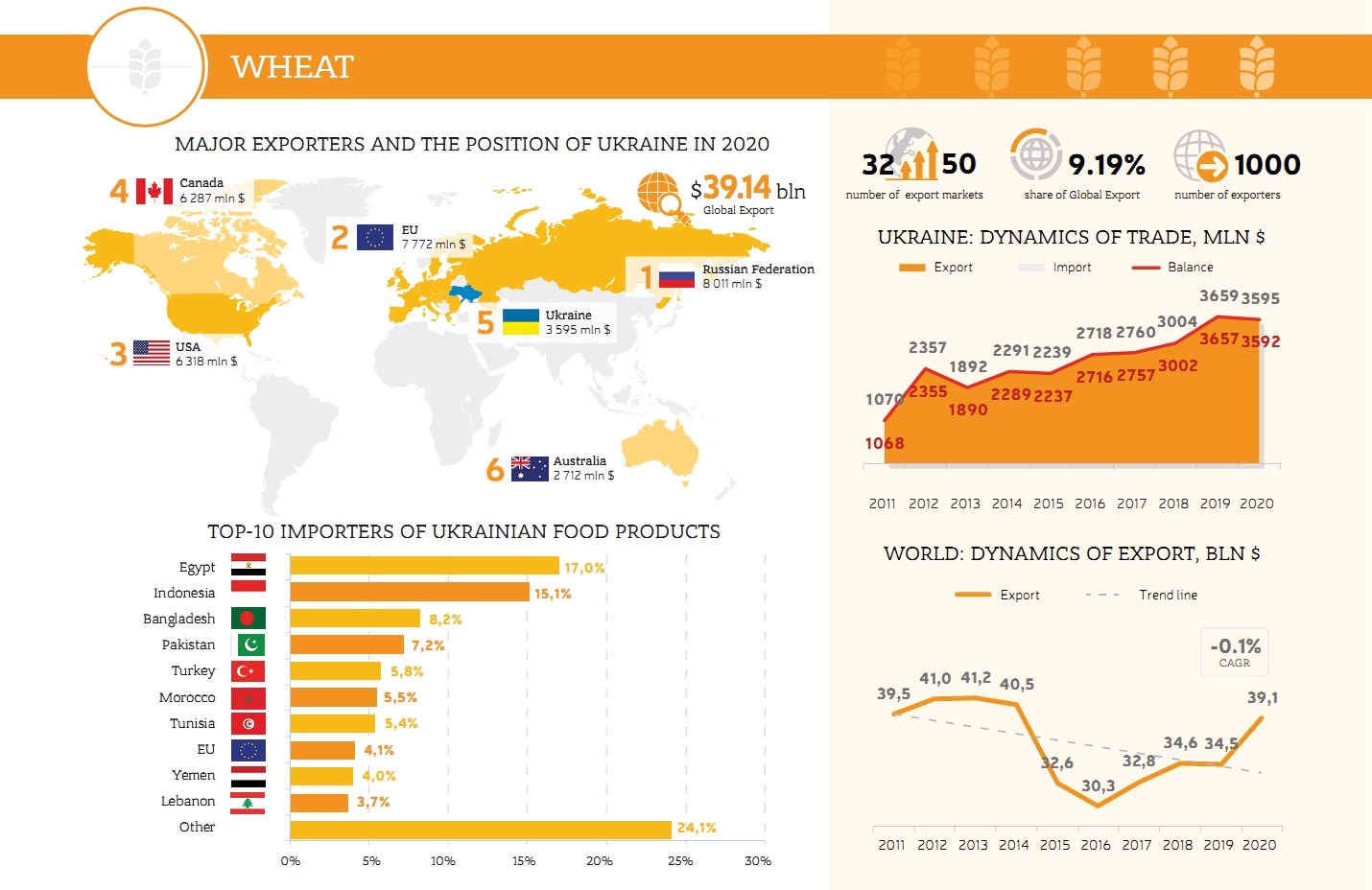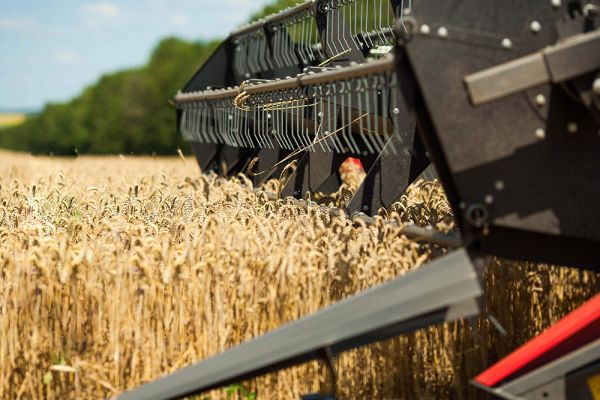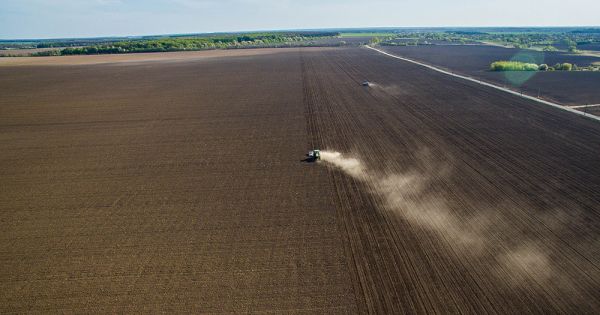Winter crops put at risk in Ukraine and Russia for prolonged drought
The persistent dry weather may prevent the sowing of winter crops in Ukraine and reduce the sowing area in Russia, Successful Farming writes.
For the country's next crop, agriproducers in Russia have sown winter cereals on 17.5 mln ha, down by 0.7 mln ha from around the same date in 2020 (18.2 mln ha).
"Winter is also likely to start in Russia with less fertilizer use in some regions because of rising global crop nutrient prices," marks Dmitry Rylko, an analyst with the IKAR agriculture consultancy.
According to him, weather conditions in most regions are more favourable than a year ago, and the drop in sown areas may be compensated by larger sown areas in the south of Russia, where the campaign is proceeding at a record pace.
"In recent weeks, the Black Sea wheat belt has been anomalously dry. Many regions have got only 30-60% of the required precipitation," adds Andrey Sizov, CEO of the SovEcon research firm.
SovEcon projects Russia's total wheat harvest to increase to 80.7 mln t in 2022 from 75.5 mln t in 2021.
Uncommonly dry weather prevented sowing in Ukraine's two major wheat-producing regions, Zaporizhzhya and Odesa, where winter wheat was sown on 67% and 37% of the projected area, respectively.
"Zaporizhzhya region suffered from unfavourable conditions the most, with nearly all of the crop areas affected by soil drought," Ukraine's state weather forecasting centre says in a statement.
Winter wheat in some areas of Kherson, Dnipro and Vinnytsya regions was not developing for up to 20 days due to lack of precipitation and moisture in the upper layers of soil.
As of 25 October, winter crops sowing in Ukraine was 67% completed in Ukraine. The total area of winter cereals and rapeseed is projected at 7.84 mln ha.
The USDA in its October report left unchanged the projection for Ukraine's wheat export in 2021/22 at 23.5 mln t, production at 33 mln t.
As a reminder, wheat export from Ukrainein 2021/22 was limited to 25.3 mln t. The Memorandum of Understanding was signed by the Agrarian Ministry and grain market participants.






